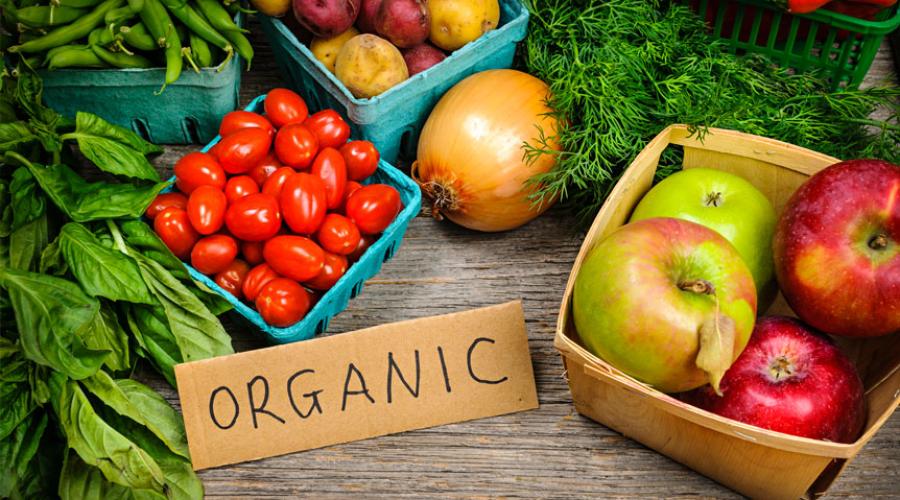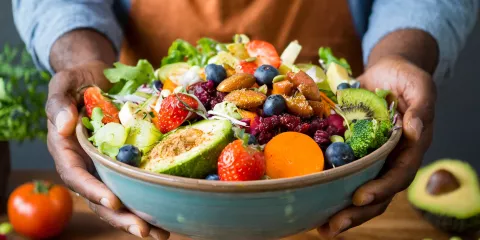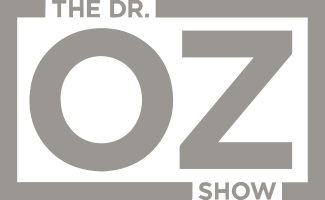
You’ve heard them all. No antibiotics … Free range … Gluten free … All natural! It can be tricky to get through the fads and marketing buzzwords to identify meaningful label claims.
The fact that FDA regulates label claims about the nutrient content of foods means they should carry some weight and are worth considering.
Sometimes labels tell only part of the truth. Other times, our perceptions of healthy and natural wind up being subjective and make labels seem to have multiple meanings. Occasionally, labels simply wind up being different than we expected.
What’s a person to do?
This article has you covered. Keep reading to learn how to tell the difference between some of the most common marketing buzzwords and label claims that really mean something.
Unlabeled vs. “Cage-Free” vs. “Free-Range”
When you buy eggs, you have a lot from which to pick. Unlabeled eggs often come from chickens kept in battery cages. Much like battery cells, chickens from battery cages are kept in rows and columns where they can’t move enough to spread their wings.
“Cage-free eggs” sound so much better, right? Most of us envision chickens freely wandering in fields and producing eggs with little stress.
Not so fast.
Cage-free is actually a USDA defined term that may voluntarily be used on egg cartons. When eggs are packed under a USDA Grade Seal and labeled as cage-free, they must be produced by hens housed in a way that allows for not only unlimited access to food and water but, unlike eggs from caged hens, also provides them the freedom to roam during the laying cycle.
Cage free is, at best, “a very good step in the right direction for the egg industry,” according to Dr. Michael Appleby, an expert in poultry welfare, in an interview for the Humane Society. Cage-free eggs come from chickens that might still live indoors in fairly crowded living conditions.
Free range housing appears to provide the best living conditions.
A label making mention of free range eggs, the USDA says, indicates the flock was provided shelter in a building, room, or area with unlimited access to food, fresh water and continuous access to the outdoors during their production cycle.
The agency notes that outdoor areas may or may not be fenced or covered with netting
Given the meaning of these different terms, you might wish to look for “free range” on the label of the egg carton.
“All Natural”
Let’s face it: There are plenty of natural things you shouldn’t consume. (Hemlock, anyone?) Even the FDA acknowledges that it’s hard to define a food product that is completely natural “because the food has probably been processed and is no longer the product of the earth.”
There are plenty of natural things you shouldn't consume. Even the FDA acknowledges it is hard to define a food product that is completely natural.
Although FDA has not released a regulation defining what constitutes “natural” food, it has stated that it considers the term "natural" to mean that nothing artificial or synthetic (including all color additives regardless of source) has been included in, or has been added to, a food that would not normally be expected to be in that food.
So it should be easy to identify what is not natural, right?
Not exactly.
Identifying artificial additives requires understanding common ingredient terms. Some artificial ingredients are innocent-sounding, and some natural ingredients may look unfamiliar.
Australian science teacher James Kennedy effectively makes the point by noting that an all-natural and perfectly-safe banana contains several scary-sounding ingredients, including Phenylalanine and Palmitic Acid.
As a general rule of thumb, “all natural” is a marketing buzzword. It provides little insight into the healthfulness of a food item.
“Organic”
Organic labeling is certainly trending. The USDA takes a strong stance on this, providing strict regulation of the certification, production, handling and labeling of organic food products.
What is up to snub? Agricultural products, like fruits, vegetables and livestock, grown or produced in a certified organic manner may bear the organic label. Processed and packaged foods may also bear organic claims in product labeling if the food meets the USDA’s regulatory requirements.
Here are some USDA definitions for common organic terms found on food labels::
“100% Organic”: This label claim is only permitted on products that contain 100 percent certified organic ingredients.
“Organic”: Up to 5% of the ingredients may be non-organic agricultural products that are not commercially available as organic and/or non-agricultural products on the National List of allowable substances.
“Made with Organic [Specified Ingredients or Food Groups]”: At least 70 percent of the ingredients must be certified organic ingredients. Organic ingredients must be identified in the ingredient list and the label must include the name of the certifying organization. The USDA organic seal may not appear on the label.
No “organic” label claim, certifying agent, or seal: Foods containing less than 70 percent organic ingredients may only list the organic ingredients on the package’s list of ingredients. They may not bear the USDA organic seal or the name of any certifying organization.
Keep in mind that certified organic foods labeled as “100% organic” or “organic” must list the certifying agent or organization used to verify the organic practices.
“Low-Fat” and “Light”
“Low-fat” and “light” claims in food labeling are regulated by FDA under an intricate and complex set of regulations.
The FDA defines “low-fat” as a food having three or fewer grams of fat per serving size, also known as the “reference amount customarily consumed” (RACC). “Low fat” also means that, for meal products or main dishes, the products contain three grams or less of fat per 100 grams and no more than 30 percent of calories come from fat.
By contrast, a “light” or “lite” claim may appear on food labels if the food derives 50% or more of its calories from fat, and its fat content is reduced by at least 50 percent per RACC, compared to an appropriate reference food, as defined by the FDA.
If a food derives less than 50 percent of its calories from fat, it can only be labeled as “light” if, per RACC, the calories are reduced by at least one-third or the fat content is reduced by at least 50 percent, compared to an appropriate reference food.
Some products can be lawfully described as “light” if they have modified sodium content. Light sodium versions of foods must have been reduced in sodium by at least 50 percent, compared to an appropriate reference food, in order to make claims such as “light sodium” or “50% less sodium than regular soy sauce”.
The fact that FDA regulates label claims about the nutrient content of foods means they should carry some weight and are worth considering. You can use them to judge the fat and sodium content of foods to their full-nutrient counterparts.
Remember, though, that low-fat and light foods can still be loaded with added sugar and calories.
Enlightened Food Labeling?
To be sure, food labeling has come a long way. More regulations and definitions are in place than ever before.
The true power of your purchase decisions comes down to understanding what these labels mean and how they can be used. Then, make the best choice for your dietary needs or preferences.












